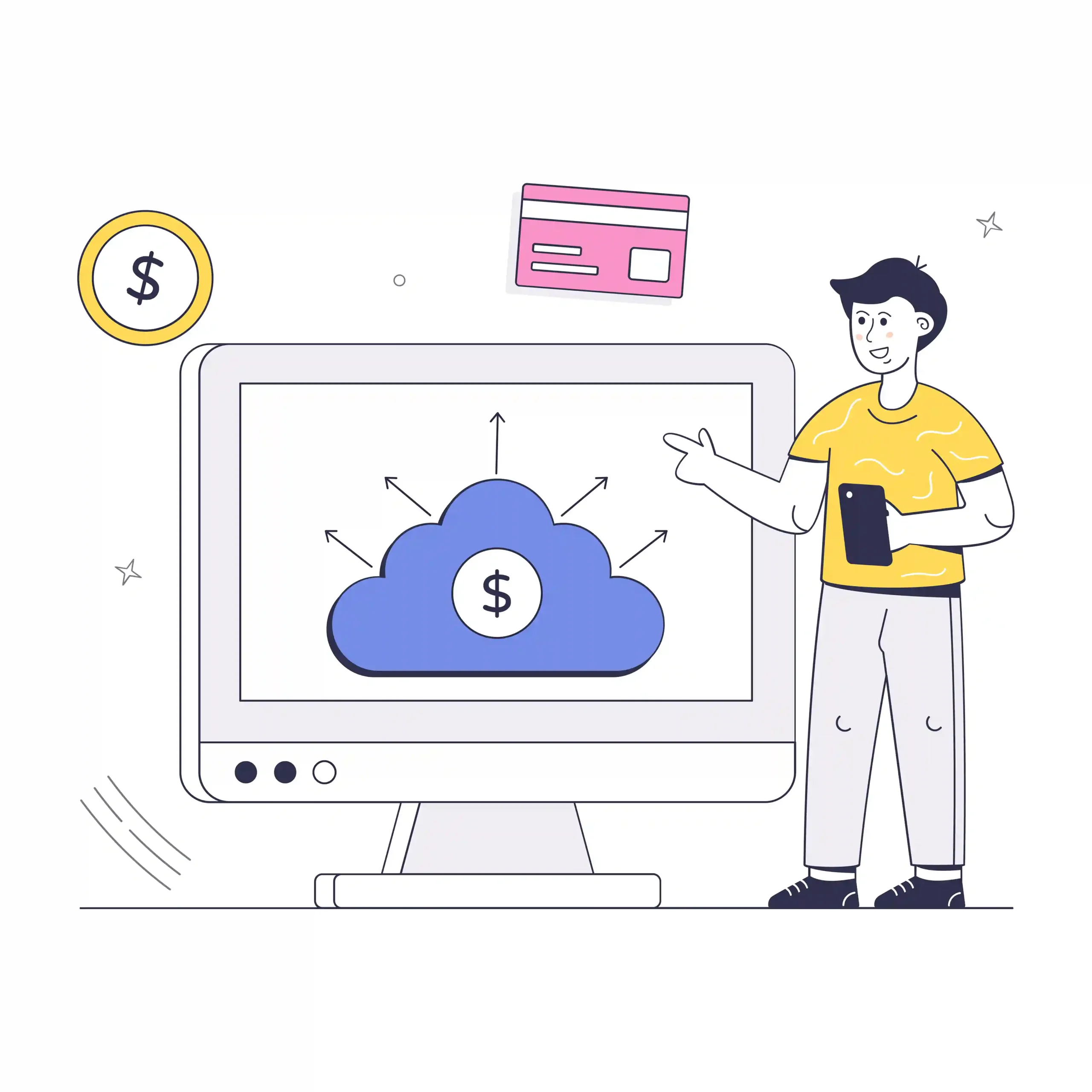Step 1: Start by Gathering the Right Cloud Data
Everything starts with visibility. But to give GenAI real context, the data must go beyond spend summaries.
Here’s the foundational data to collect:
→ Billing exports: From AWS CUR, Azure EA, or GCP billing export
→ Resource metadata: tags, labels, account IDs, environment
→ Usage metrics: CPU/memory/network activity logs
→ Infrastructure state: live inventory via cloud APIs or IaC
→ Business mappings: team ownership, projects, environments
This data is best stored in a queryable system like BigQuery, Athena, or a structured lakehouse.
What matters most isn’t where it’s stored, but how well it’s cleaned and connected.




 10 mins
10 mins











 Talk to Our
Consultants
Talk to Our
Consultants Chat with
Our Experts
Chat with
Our Experts Write us
an Email
Write us
an Email





